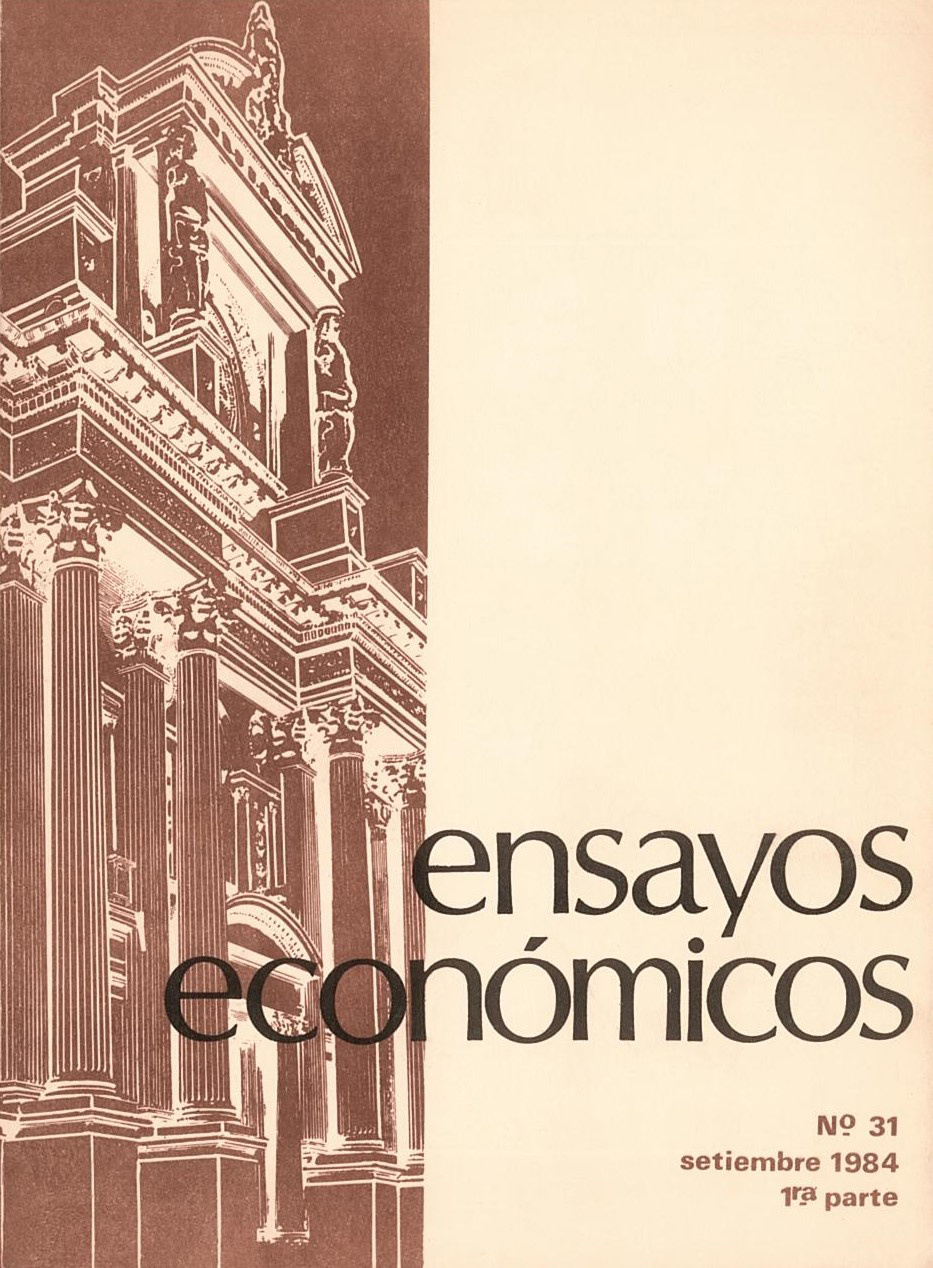Market, plan, growth, stability in Argentina
Keywords:
Argentina, Economic Development, Economic Growth, Economic Policy, InflationAbstract
Argentina has experienced a very poor economic performance in recent decades in relation to most countries in the world. It is enough to take the two most relevant indicators of economic performance to corroborate it. In terms of economic growth, in the first post-war decades of high growth in most of the world economy –until 1970–, Argentina grew at a lower rate. In terms of price stability, Argentina's relative weakness is more evident. While there was no inflation until 1940, from that year until 1970 it averaged at a high annual rate in relation to the rest of the world (just over 25%). It is important to note that such characteristics of weak growth and high inflation in relation to most of the world economy, although worsening over time, basically occur through different economic policy orientations. Taking the above into account is relevant to guide the process of searching for causes. There is no doubt that the causes must have been multiple and complex, and may have been exogenous, internal to economic policy and/or internal, but beyond the sphere of economic policy decisions. The purpose of this article is a brief attempt to search for some of these causes.
JEL classification: E31 ; O11 ; O20




